Some Excellent Cars From 1999 Are Finally Legal To Import
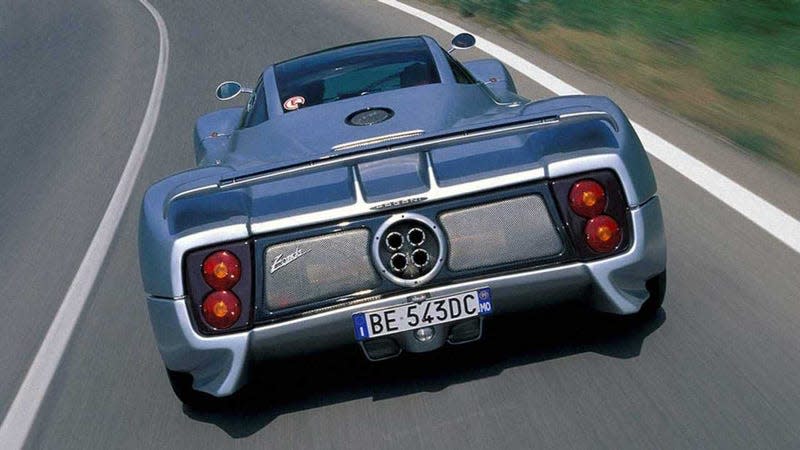
Twenty-five years. It’s been 25 years since 1999. As an elder millennial, I just can’t fathom that kind of time passage. It feels like it was a thousand years ago, but also last week. There was something of a sea change in automotive design in the late 1990s, and that produced a few wonky shapes that have become quite dated, but they’ve aged enough to have returned to cool. Maybe. I don’t know, you’ll just have to decide for yourself.
Our friends at Car And Driver put up a list of the five coolest 1999 cars you can import now. Their picks are pretty predictable, including the R34-generation Nissan Skyline GT-R, the somewhat-related S15-chassis Nissan Silvia, the Mitsubishi Lancer Evolution VI, TVR’s Tuscan, and Porsche’s first 911 GT3. All are laudable picks and would certainly imbue your drives with main-character energy. But if you want to stand out from the crowd, here’s another fifteen choices that could make you the driver of something truly unique.
Read more
Aaron Rodgers tries to link Jimmy Kimmel to Epstein because he's butthurt over sketch mocking him
John Fisher might not have the money to move the A’s to Vegas
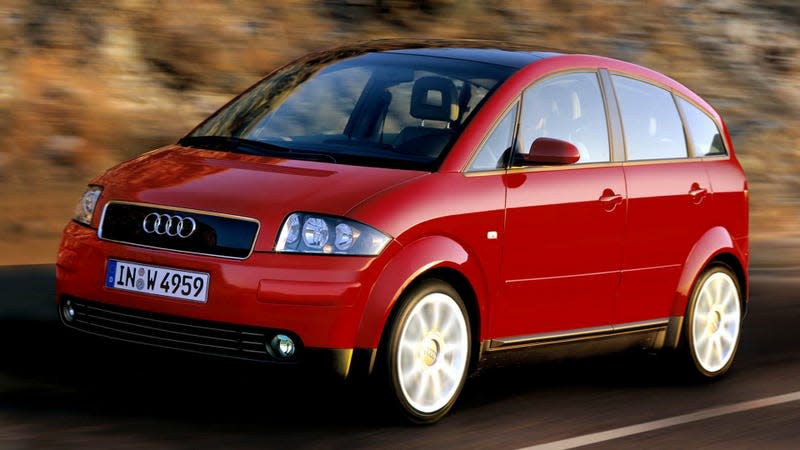
Never has there been a cooler compact people carrier than the Audi A2. This thing was produced entirely in aluminum to keep weight down, was aerodynamically sculpted, fitted with a tiny 3-cylinder diesel engine, and produced an astonishing 78 miles per gallon. While none of these are quick, they’re under 2,000 pounds and look cool as heck. Imagine what one could do with a 2-liter turbo swap from a Volkswagen GTI or something. Rad!
Citroën Xsara Picasso
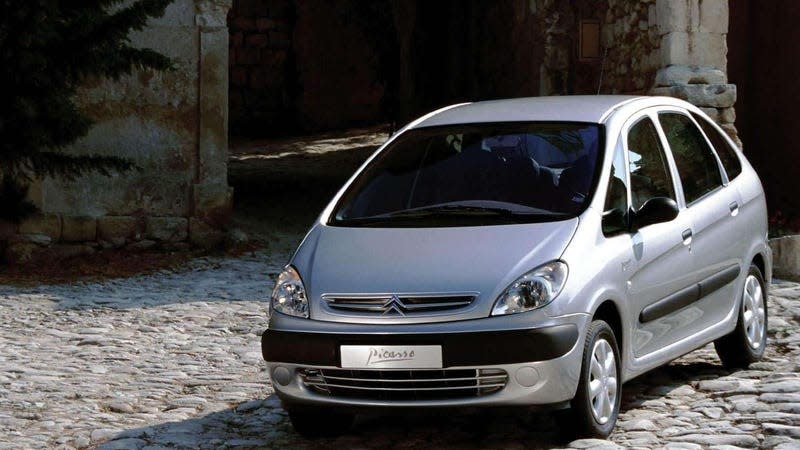
Often simply called a Picasso, this was the French answer to the A2 and Mercedes A-class. Top trims got 136 horsepower and could do 0-60 in 10.9 seconds. This car was lauded for its practicality and affordability in its time, and its unique shape would make it a standout here in the U.S. streets.
Honda HR-V
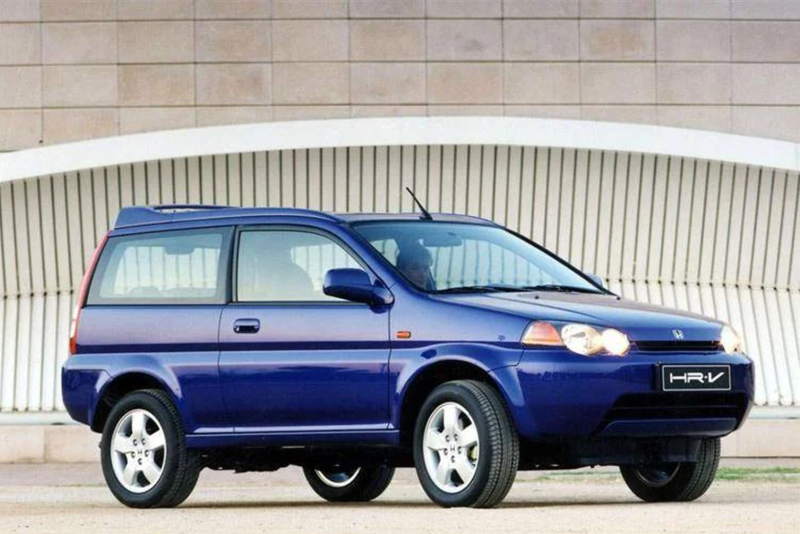
If you’ve ever wanted a two-door hatchback on stilts, then you need to import a first-generation Honda HR-V. It was based on the slightly-larger-than-Kei Honda Logo, but with the all-wheel drive system from the CR-V, and was available with a stick. K-swap this mother and send it!
Mitsubishi Proudia
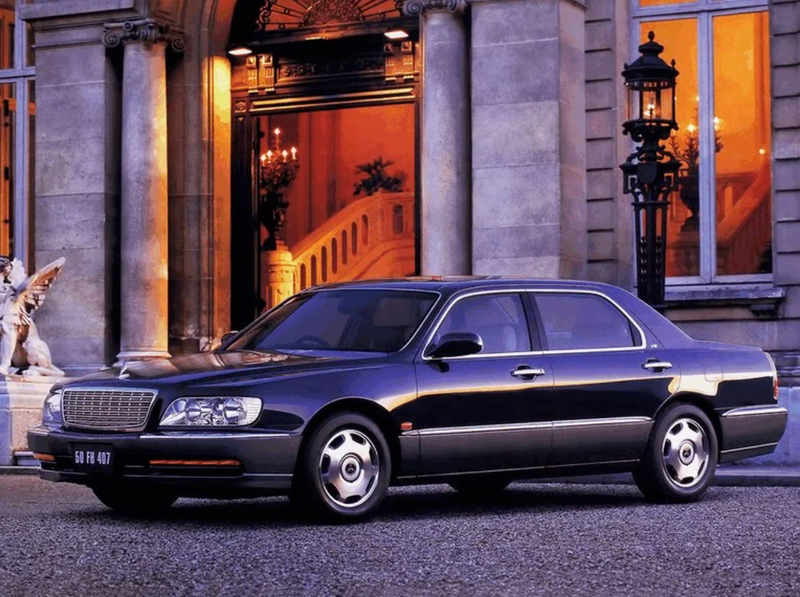
The Proudia was Mitsubishi’s answer to the Toyota Crown and Nissan Cima in an era of luxury sedan prominence for the Japanese market. Like those cars, the Proudia featured a tech-laden dual-overhead-cam V8 — the only V8 Mitsubishi ever produced. Unlike the Toyota and Nissan, however, the Proudia was front-wheel drive. Only 383 examples were built in 1999, so finding one might be a chore.
Hyundai Equus
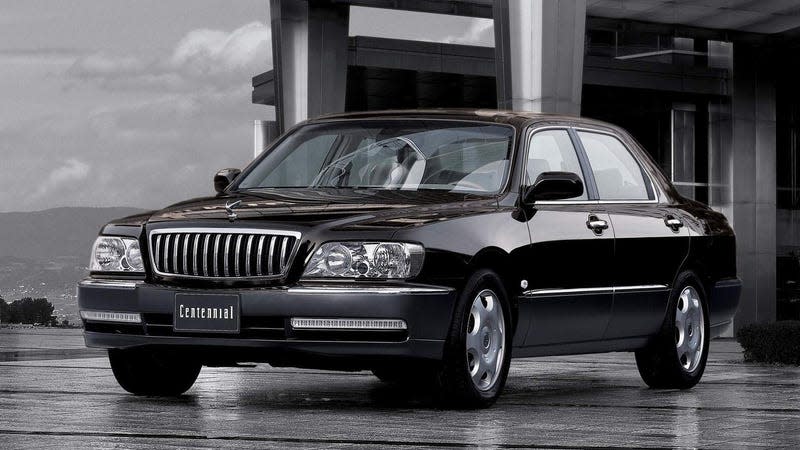
If the Mitsubishi proves too difficult to track down, you might be able to find the Hyundai version. Back in 1999, Hyundai started moving itself upmarket, and cribbed the Proudia for its own, marketed as the Equus. While Hyundai said it was aiming for the BMW 7-series and Mercedes S-Class, it was really meant to fight its home-market rival SsangYong’s Chairman (introduced in 1997, based on the Mercedes W124-chassis E-class, and also a worthy import).
Nissan Hypermini EV
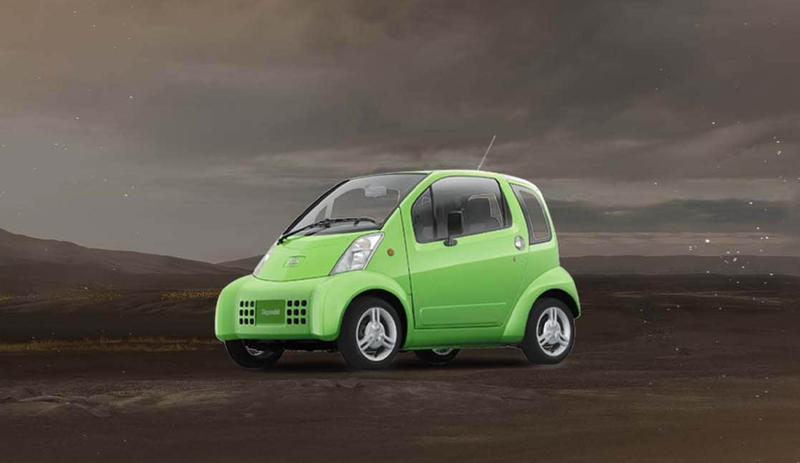
The early days of the EV market were a wild ride, weren’t they? Back in late 1999, Nissan introduced the HyperMini for the Japanese market. It made 32 horsepower and was capable of 62 miles per hour. It could go a whopping 71 miles on a single charge. This would make an incredible daily commuter, if your commute is short enough. Throw a bigger motor on the back axle and do some electric skids.
Noble M10

Okay, this is a bit of a cop out, because Noble only produced ten M10s before switching over to M12 production. Unlike the M12's turbocharged insanity, the M10 used a naturally-aspirated Ford Duratec 2.5-liter V6, and was a worthy competitor to the early Lotus Elise. Don’t take my word for it, listen to a very young Richard Hammond.
Alpina B12 6.0
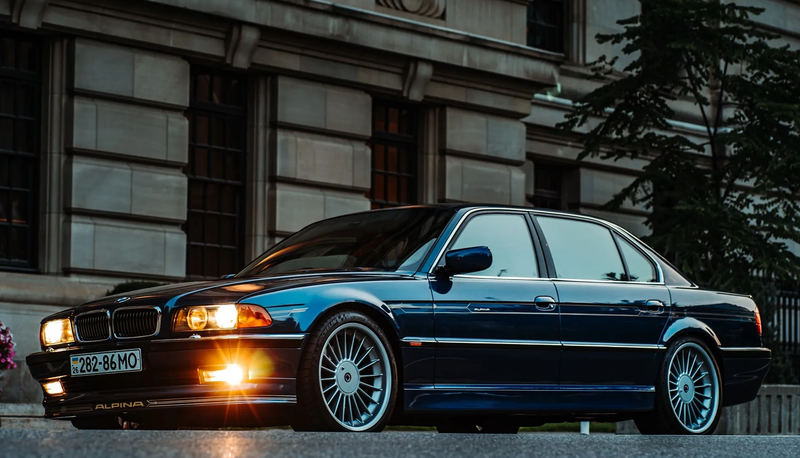

 Yahoo Autos
Yahoo Autos 